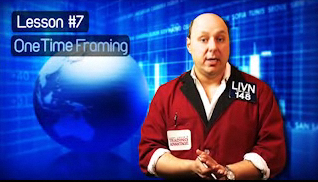If you follow our blog, then you are definitely familiar with trader Larry Levin, President of Trading Advantage LLC. We have gotten such a great response from some of his past posts that he has agreed to share one more of his favorite trading tips as a special treat to our viewers. Determining the direction of the market can be tricky and just plain confusing at times, but Larry’s expert opinion keeps it simple and straight-to-the-point.
If you like this article, Larry’s also agreed to give you free access to his award winning book.
Today he’s going to talk about how setting your limits can help you avoid sabotaging yourself.
I think trading with a specific plan is one of the most sensible things a trader can do. It helps you learn and identify key areas to watch for in a market. More importantly, it helps you avoid sabotaging yourself because it helps keep your emotions in check. One of the key components of a trading plan is knowing your exits. One way to close an open trading position is with a limit order.
Limit orders target a specific price level – they won't be filled unless the market trades there
Limit orders are pretty straightforward once you get the hang of them. They are contingency orders. The market has to trade at a specified price level before it is even possible for the order to get filled. Even then, there is no guarantee that it will get filled. Continue reading "Trade with a Plan – Setting Your Limits"

